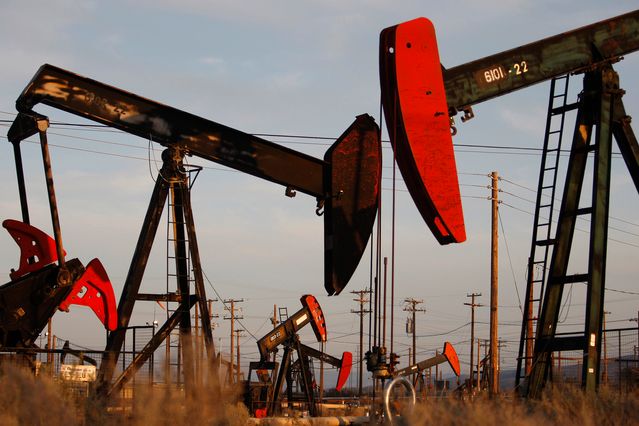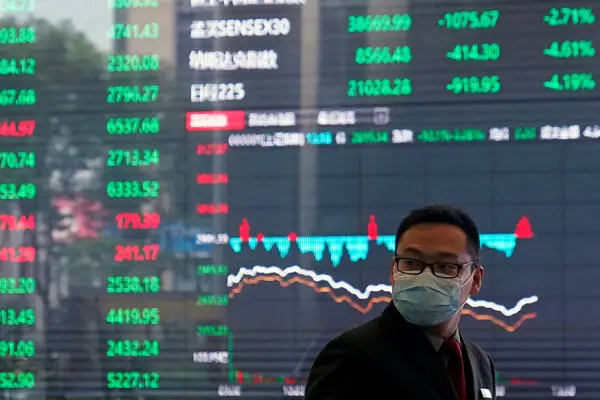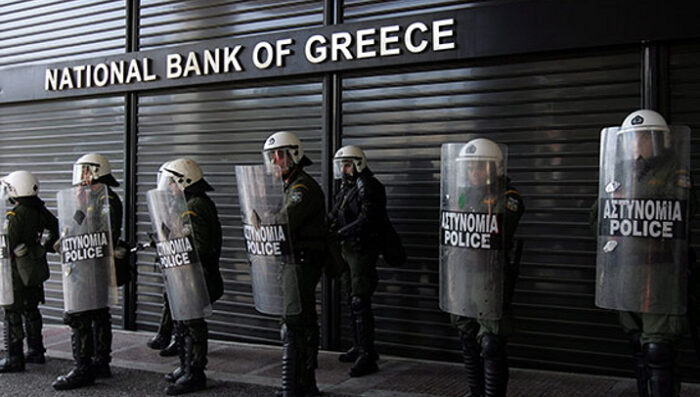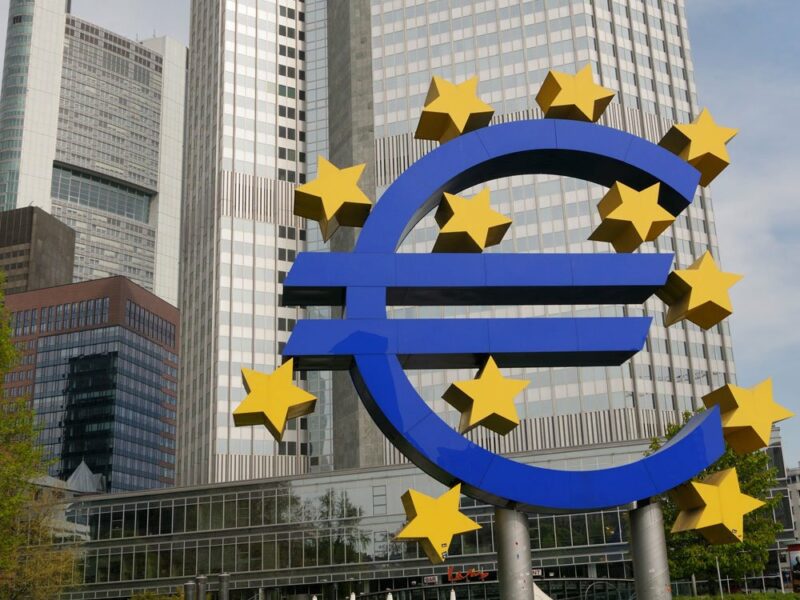Oil costs rose on Wednesday towards last week’s seven-year highs after information showing a fall in U.S. rough stocks underlined strong interest, yet financial backers stayed mindful in front of an OPEC+ meeting due later in the day.
Brent unrefined climbed 36 pennies, or 0.4%, to $89.52 a barrel by 0123 GMT, in the wake of facilitating a dime on Tuesday.
U.S. West Texas Intermediate unrefined was up 38 pennies, or 0.4%, at $88.58 a barrel, having acquired 5 pennies the earlier day.
Tight worldwide supplies and international pressures in Eastern Europe and the Middle East have helped oil costs by over 15% up to this point this year. On Friday, unrefined benchmarks hit their most exorbitant costs since October 2014, with Brent contacting $91.70 and U.S. unrefined hitting $88.84.
Energy costs remain awkwardly high, and OPEC and its partners are feeling the squeeze to act the hero.
The uplifting news for purchasers wrestling with raised siphon costs is that Goldman Sachs is cautioning clients that OPEC+ could declare during Wednesday’s virtual gathering it plans move forward creation.
Taking note of that oil costs are “entering political intercession region,” Goldman Sachs said in a report Monday night that it no longer expects OPEC+ will absolutely adhere to its month to month increment of only 400,000 barrels each day.
“We view developing potential for a quicker increase at this gathering, given the speed of the new meeting and the possible strain from bringing in countries,” Goldman Sachs tacticians composed, noticing that costs are currently over the levels preceding what it portrayed as a “little” US-drove intercession last November.
“A drop in U.S. unrefined inventories offered help, however an expansion of gas stocks to some extent offset bullish feeling,” said Satoru Yoshida, a ware examiner with Rakuten Securities.
“OPEC+ is probably going to keep up with its arrangement unaltered, and that implies a stockpile deficiency and a vertical pattern in oil costs will proceed,” he said.
U.S. unrefined stocks fell by 1.6 million barrels for the week finished Jan. 28, against examiners’ gauge of an increment of 1.5 million barrels, as indicated by market sources refering to American Petroleum Institute figures on Tuesday.
In any case, fuel inventories rose by 5.8 million barrels, over experts’ assumptions for a 1.6 million form.
Supported by worries about Russia-Ukraine pressures, US oil costs completed above $88 a barrel on Monday interestingly since October 2014. Brent rough, the world benchmark, as of late move above $90 a barrel, blowing past Goldman’s objective for the finish of the main quarter.
The public normal cost for gas moved to $3.38 a gallon on Tuesday, as per AAA. That is a dime over the new low of $3.28 and surrounding the seven-year high of $3.42 set the previous fall.
The Organization of the Petroleum Exporting Countries and partners, together known as OPEC+, will probably adhere to existing strategies of moderate result increments on Wednesday, five sources from the makers’ gathering said, even as it anticipates that request should ascend to new pinnacles this year and as oil costs exchange close to their seven-year highs.
However, Goldman Sachs said there was an opportunity the oil market’s assembly would incite a quicker increase.
Sources said an OPEC+ specialized board meeting on Tuesday didn’t examine a climb of more than the normal 40,000 barrels each day from March.
Goldman Sachs said that assuming OPEC+ presents its arrangement to bring yield up in April (meaning an additional a 200,000 barrels each day of supply through the year’s end), the bank’s demonstrating focuses to only a $3 mark to oil costs. Furthermore the hit to costs would be “even less,” Goldman Sachs said, assuming Saudi Arabia chooses to singularly support creation by a large portion of 1,000,000 barrels each day for a long time.
“Such an OPEC+ move would not change our bullish view,” the Wall Street bank said in the report.
Goldman Sachs refered to “fundamentally low stock levels” across a scope of oil based goods and districts as well as “basically low” spare ability to increase supply.
Another element: Goldman Sachs said shale oil makers including Hess and Chevron have as of late recommended they will support yield by not exactly anticipated.
Gloria Rhonheimer is originally from Newfoundland and now lives in waterloo. His writing is more inspiring. He has written several articles, he obtained a B.A in English from memorial University.
Disclaimer: The views, suggestions, and opinions expressed here are the sole responsibility of the experts. No journalist was involved in the writing and production of this article.




